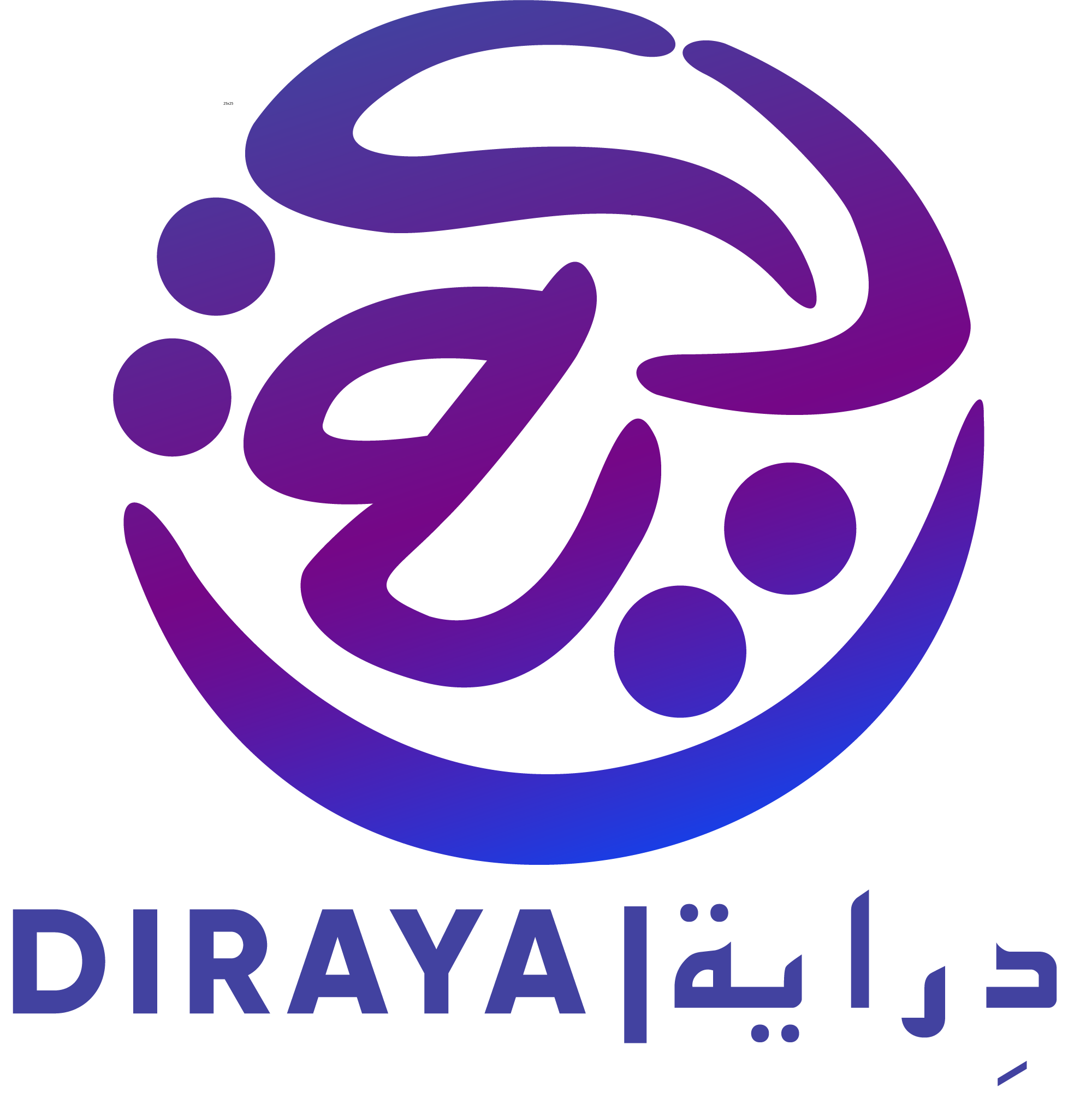Overview
In this lesson, participants are introduced to the constraints experienced by media activists in the MENA region. After reading scenario prompts that state the problem, participants will work together in small groups to devise solutions.
Participants will then compare their solutions with the real world example provided by media activists to discuss the differences, similarities, and how they would revise their proposed solutions based on the real world example. Through a concluding discussion, participants will identify the common threads between the various scenarios.
Learning Outcomes
Participants will:
• Begin to develop an understanding of the constraints for media activists in the MENA region
• Identify potential solutions to common challenges experienced by MENA media activists



